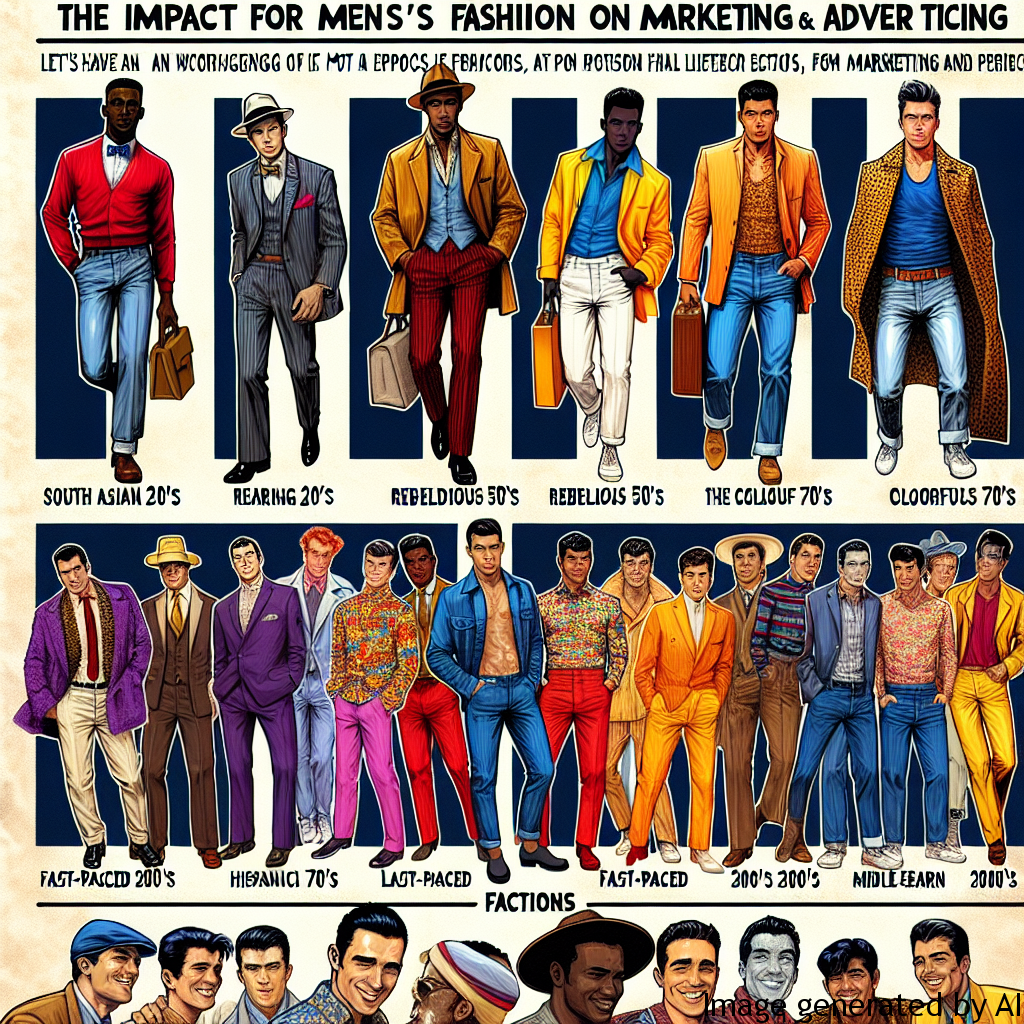Introduction
Men’s fashion has always wielded a strong influence on marketing and advertising. From the sharp suits that signal success and power to casual streetwear that embodies youthful rebellion, our perceptions of masculinity are intertwined with the clothing that men wear. This article will delve into how these potent marketing strategies not only shape consumer behaviour but also influence societal gender expectations and the mental health of men.
Description of Gender Expectations and Their Impact on Men’s Mental Health
The Pressure of Masculinity
The men’s fashion industry frequently uses stereotypically masculine images to promote its products, sending the message that men should aspire to be strong, stoic, and emotionally repressed. While this can be an effective marketing strategy, it perpetuates harmful gender norms that can negatively impact men’s psychological health. Men often feel pressure to conform to this masculine ideal, which can lead to feelings of inadequacy and low self-esteem when they fail to meet these unrealistic standards.
Body Image and Men’s Fashion
A side-effect of the marketing strategy is also the promotion of a certain body type, implicitly suggesting that only men who fit this ideal can wear the marketed clothes and be identified as successful or desirable. Consequently, this generates body dissatisfaction among men, potentially resulting in disorders like depression, anxiety, and eating disorders.
Examples of How Gender Roles Can Influence Men’s Lives
The expectation to conform to a particular type of masculine physical appearance has significant ramifications. An example of this is the skinny jeans trend, where advertising implied that only lean, muscular men could wear this style, causing purchasing pressure. Compliance with these norms can impact men’s decision-making, from something as mundane as deciding what to wear to something as significant as shaping life goals based on perceived masculinity.
Advice for Improving Men’s Psychological Health Considering Gender Roles
Overcoming these pressures involves acknowledging the influence of societal gender expectations. Marketing and social media platforms should be more responsible and diverse in their representation of men. Men themselves should also strive to separate their self-worth from harmful stereotypes, focusing on their own wellbeing rather than societal expectations. Mental health resources should also be more accessible and tailored to suit men’s experiences.
Conclusion
Men’s fashion, marketing, and advertising have always been interlinked, with the media’s portrayal of masculinity playing a significant role. Nevertheless, it is crucial to recognize the potential harm that these portrayals can cause men psychologically by perpetuating harmful and unrealistic gender expectations. Encouraging diversity in advertising and fostering men’s self-confidence irrespective of societal norms can help mitigate this problem.

